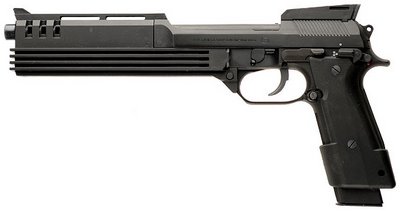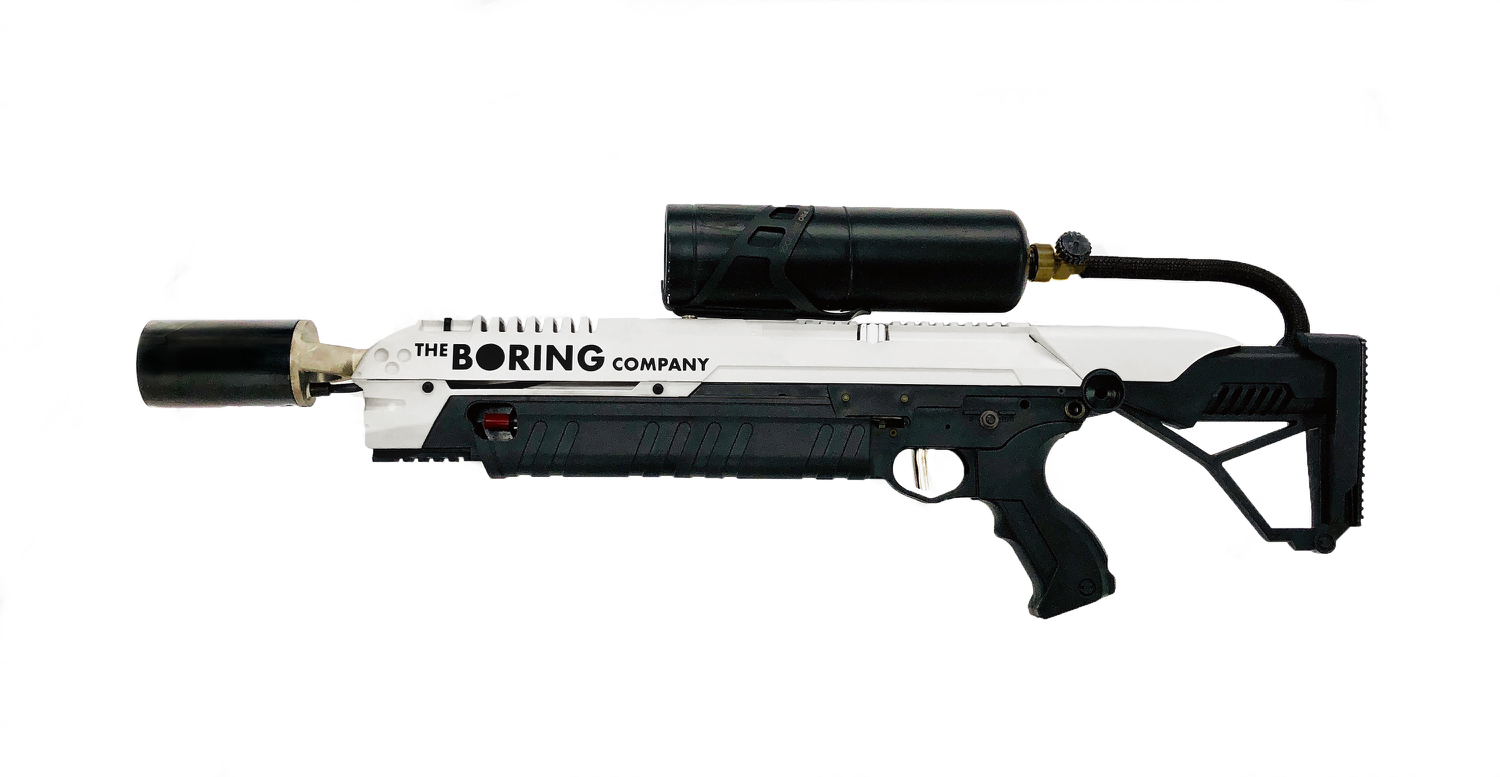The Daily Caller points out something obvious:
According To The FBI, Knives Kill Far More People Than Rifles In America – It’s Not Even Close
As could be expected, after the Parkland school shooting the Civilian Enfeeblement Movement has been freshly reinvigorated. Kids are being used to emotionally agitate for the latest round of gun control, showing once again why we don’t allow children to vote. Conveniently left out of the anti-firearm debate that’s been stoked by the left and their allies, the school-shooting psychos, is this little detail:
According to the FBI, 1,604 people were killed by “knives and cutting instruments” and 374 were killed by “rifles” in 2016.
The psycho-political theater here is obvious, and comes in two parts:
- Not everyone has a semi-automatic rifle but nearly everyone has a knife, even if it’s only a steak knife. Those behind the Civilian Enfeeblement Movement would thus have a much harder time banning knives than rifles so they start with the easier one, even though if their true purpose was to get rid of dangerous weapons For The Children they’d go after knives first.
- Knives kill one at a time, generally. But dozens killed in one go makes for a bigger, splashier headline, just as one hundred people killed in one hundred separate car crashes is less newsworthy than one hundred people killed in one plane crash.
So rather than go after the more dangerous weapons, the Civilian Enfeeblers go after the “scarier” ones. And of course, they ignore the elephant in the room… the giant, stanky, psychotic and enraged elephant: deinstitutionalization. Starting in the 1950’s and accelerating due to JFK’s influence (apparently due to guilt over his sister being lobotomized because his father was a horrible monster who bred a whole dynasty of horrible monsters), the loony bins of the United States were emptied out. A lot of this was due to the rise of drugs that did fantastic things for people with Entertaining Brains, and while that’s good when everything works right and the drugs are taken appropriately, drugs aren’t always taken appropriately. And by getting rid of the nuthouses, society has made it difficult to lock up the truly wacko except in prisons. And that requires that the crazy actually break things and hurt people before they are locked away, and by locking them into prisons they not only receive minimal proper mental health treatment, they are locked into a criminality training ground.
The Parkland shooter was apparently seen as a clear and present danger by a *lot* of people. In earlier decades he would have been institutionalized in some way; and locked in an insane asylum he would not have had access to firearms. A modern nut house would of course be a far better one than one in the 1950’s, with better practices and pharmaceuticals. He might have been “fixed” so that he could be returned to society as useful and minimally dangerous citizen, but since it is now seen as “wrong” to lock up people who manifestly nuts, he will spend the rest of his life at taxpayer expense in the prison system. A lot of kids died for that, and the rest of us may well lose some of our rights. One might wonder if that is at least part of the reason why there’s not so much interest in re-institutionalization… keep a sufficient number of dangerous whackjobs roaming at will in society and you keep people afraid and willing to surrender their rights to a more over-reaching government.
There is a rational solution: end the ridiculous War On Some Drugs and use the money wasted on that to build modern psychiatric institutions… and lock up people who are clearly nuts.

Note: I fully expect that some people might read this and be more incensed by my use of terms like “loony bins” than the fact that hundreds of thousands of clearly dangerous mentally unstable people are left to roam at will. This is indeed one of the great problems in modern society: the prioritization of politically correct speech and making sure the easily offended aren’t offended over actually fixing the damn problems.








